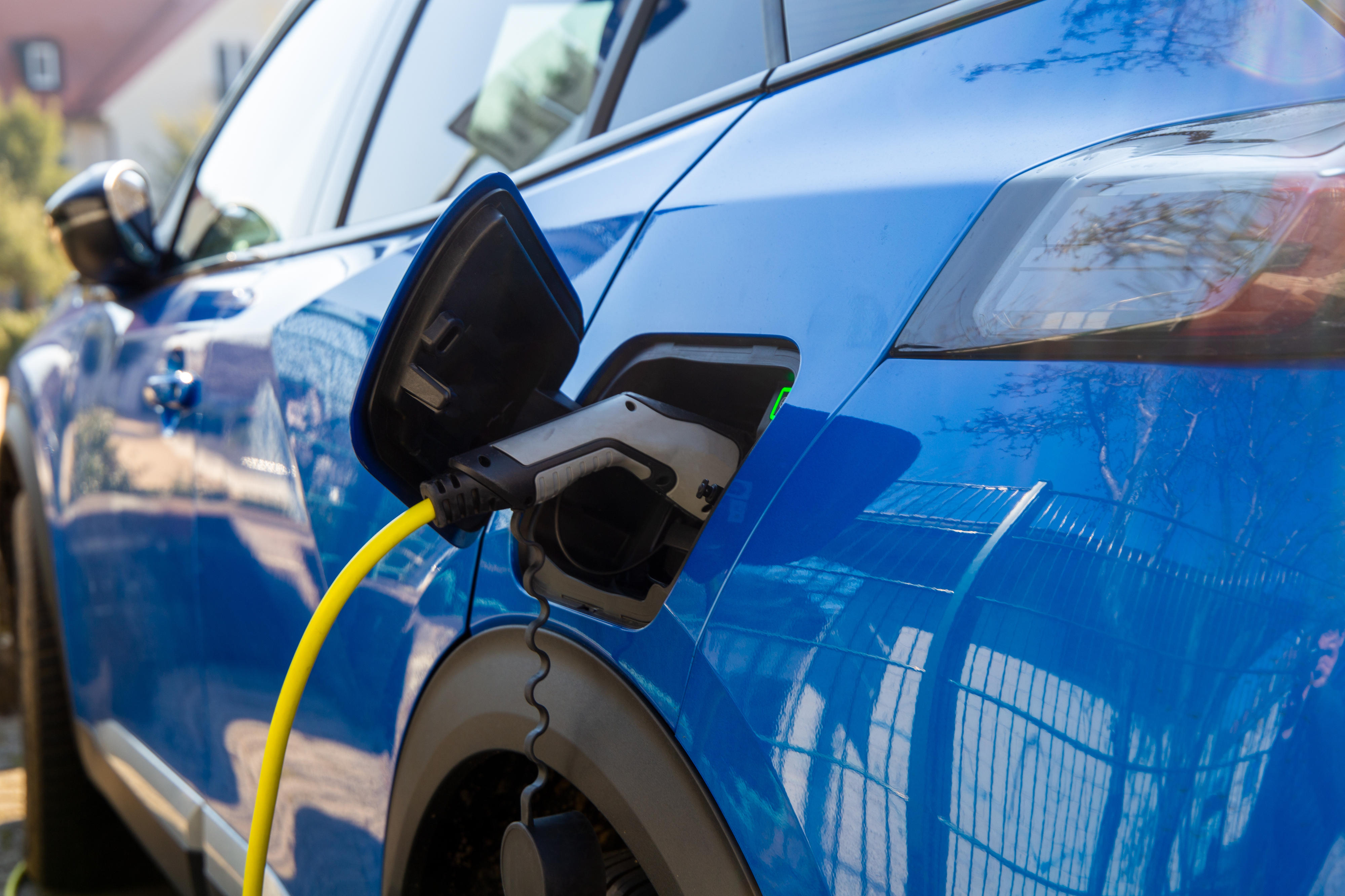Hint: This website is not optimized for your browser version.
Status quo for the availability of bidirectional charging
For the first time the Bundesnetzagentur has evaluated bidirectional charging's contribution to the electricity system based on information provided by network operators pursuant to the EU Regulation on the deployment of alternative fuels infrastructure (AFIR). According to the evaluation the technology is still uncommon.
Under Article 15(4) of the AFIR, the Bundesnetzagentur is to assess, by 30 June 2024 and every three years thereafter, the extent to which bidirectional charging contributes to reducing user and system costs and increasing the share of electricity from renewable energy sources in the electricity system. Its reporting is to be based on information provided by transmission system operators (TSOs) and distribution system operators (DSOs).
In the context of the monitoring survey pursuant to section 35 of the Energy Industry Act (EnWG) the Bundesnetzagentur asked the TSOs and DSOs in spring 2024 about the current state of bidirectional charging in each network area.
Network operators indicate that to date 24 of 743 network operators use the technology: 12 network operators (around 2%) reported sporadic use and 12 network operators (around 2%) reported use as part of pilot projects.
In addition, pursuant to Article 15(4) of the AFIR,TSOs and DSOs were asked to assess whether bidirectional charging leads to a reduction in user and system costs and/or an increase in the share of electricity from renewable energy sources in the electricity system.
Responses vary from the 24 DSOs and TSOs that already offer bidirectional charging in their network areas. Nearly one third indicate that bidirectional charging leads to a reduction in user and system costs and/or an increase in the share of electricity from renewable energy sources in the electricity system. A little more than one third of the network operators state that such positive effects for users and/or the electricity system are not associated with the use of bidirectional charging. The remaining seven network operators have not been able to make an assessment, for example due to the fact that there is no way to systematically record and analyse the effects of bidirectional charging.
The results of the network operators survey confirm the Bundesnetzagentur's findings to date that bidirectional charging is currently only used sporadically such as in pilot projects. The next evaluation (set out in the AFIR) will provide further insight into the use of bidirectional charging and its impact on user and system costs.
